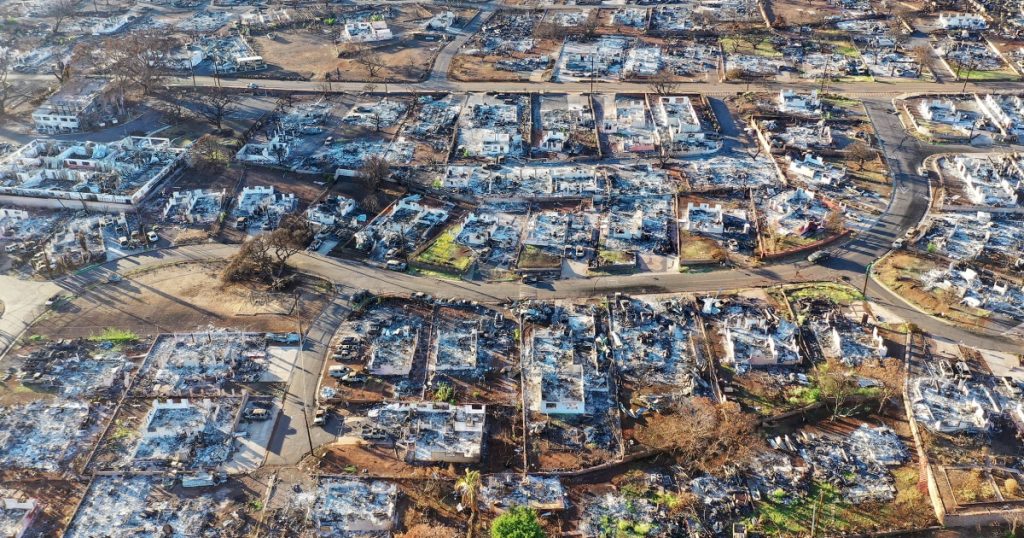Nine months after a devastating wildfire burned Lahaina, Hawaii to the ground, Gov. Josh Green announced that the number of people living in hotels and other short-term housing had been reduced by 80%. The August 8 fire, one of three on Maui that day, resulted in the deaths of at least 102 people and the destruction of 2,173 homes, leaving 3,071 households without permanent shelter. Green reported that this number has now been reduced to 628, with 1,596 people still transitioning to long-term housing.
As a former emergency room doctor, Green personally visited the morgue in the immediate aftermath of the fire to see the people who had been lost. He described the experience as devastating and acknowledged that the residents of Hawaii had no choice but to move forward. The governor emphasized the importance of picking up the pieces, which included finding or creating housing, rebuilding Lahaina, providing financial assistance to survivors, enhancing emergency preparedness, and addressing the inevitable criticisms that follow a deadly disaster.
Green admitted to some human failure in the state’s response to the wildfire and expressed hope that leaders worldwide could learn from the lessons gleaned from the tragic event. He is committed to addressing various aspects of recovery one at a time, starting with housing. Green aims to have over 90% of the destroyed lots cleared and all individuals in long-term housing by the fire’s first anniversary. The state has already broken ground on over 500 single-family homes and passed legislation allowing counties to convert short-term rentals into long-term housing.
In response to the challenges faced after the fire, Green commissioned Hawaii Attorney General Anne Lopez to investigate the events leading up to, during, and after the wildfire. The subsequent report highlighted breakdowns in communication, underprepared personnel, and authorities’ apparent delay in fully grasping the severity of the situation. While acknowledging some human failure, Green praised the efforts of Mayor Richard Bissen and others in supporting the community during the crisis.
Green emphasized the importance of improved prevention and response systems to enhance preparedness for future disasters. The state is implementing new sensors and weather monitoring technologies to provide timely updates during red flag warnings. Additionally, the hire of a fire marshal and the replacement of outdated firefighting equipment are part of the state’s plan to enhance disaster response capabilities. Green hopes that the tragic lessons learned from the Lahaina wildfire will benefit not only Hawaii but also communities worldwide facing similar threats.
Despite the challenges faced in the wake of the wildfire, Green remains optimistic about the future of Lahaina and Hawaii as a whole. By addressing housing shortages, improving emergency preparedness, and learning from past mistakes, Green believes that the state can overcome adversity and emerge stronger. The governor’s commitment to rebuilding and supporting the affected communities demonstrates his dedication to fostering resilience and ensuring the well-being of all residents of Hawaii.


